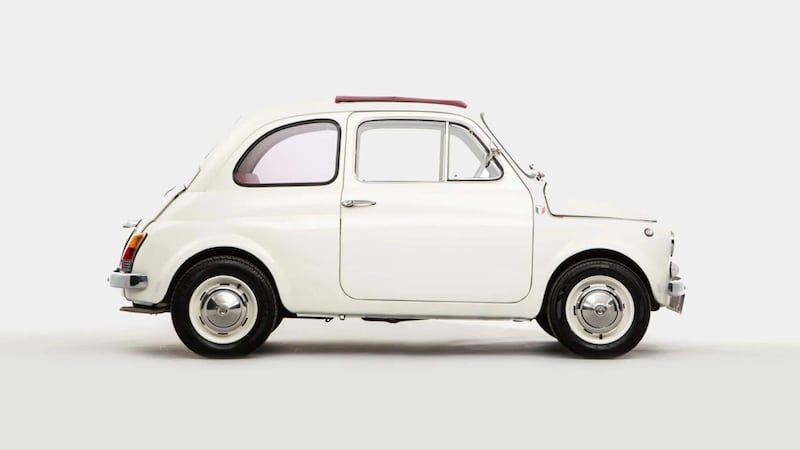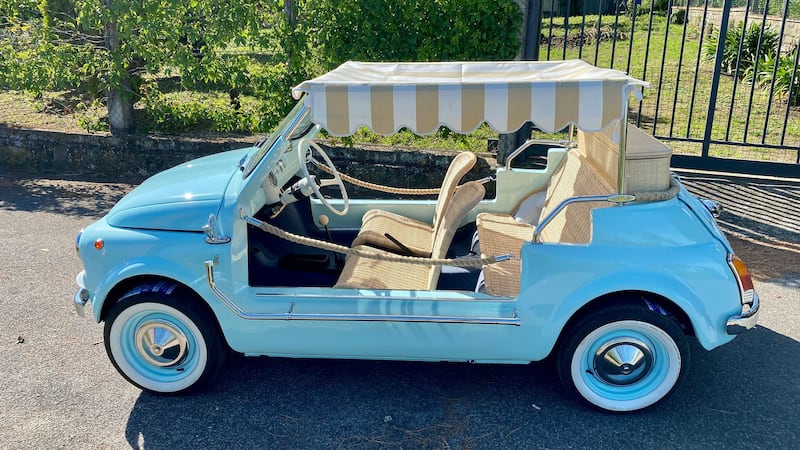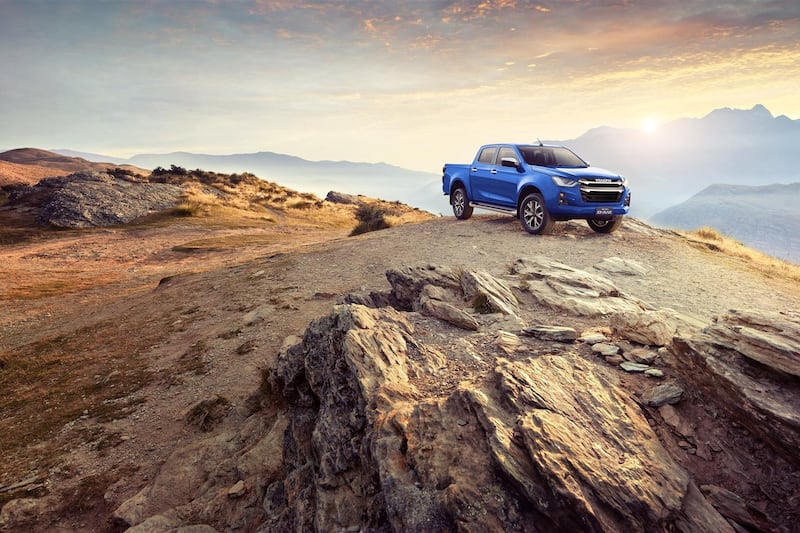WHEN it comes to 'as new' classic cars, the field has largely been dominated by expensively revived British specials, writes William Scholes.
The gold standard here is a 'continuation' version from the original manufacturer. Aston Martin has arguably mined its seam of wealthy collectors most assiduously - even offering a Goldfinger specification DB5 - but Jaguar is a close second, with factory-backed 'new' E-Types among its bespoke offerings.
Bentley has been building 12 continuation versions of its 1929 'Blower' Le Mans racer, each priced at around £1.5 million, despite the protests of the owners of the pre-war originals - who include Ralph Lauren and JCB magnate Lord Bamford - who fear the new cars will devalue their own.
Meanwhile, Land Rover pops out something like the 'Range Rover Reborn' or various reworkings of the classic Defender, each with six-figure price tags.
Then there's the specialists who are springing up to electrify everything from Rolls-Royce Phantoms and Bentley Continentals to Minis and MGBs. And the artisans at outfits like David Brown Automotive who turn the 1959 original into jewels of the highest quality.
As you may have gathered, none of these refurbished classics are especially affordable. Which is why I wanted to draw to your attention the efforts of the Real Italian Cars.
It is focused on the Fiat 500 - not the 'new' one that's been trundling around since 2007, but the charming little rear-engined biscotti tin on castors that it riffs off.
That 500 was in production from 1957 to 1975, and Fiat built millions of them (almost 3.9 million units) which means there are still plenty of them to be found in their homeland.
While the chaps at the Real Italian Car Company can do the whole big bucks David Brown Automotive thing and give you a bespoke money-no-object cinquino, they can also sell you a fully-restored example "for less than the price of a high-end watch"; starting prices of around €9,000 have been mentioned... They'll ship them anywhere too, so the Brexit sea border at Larne should pose few difficulties.

"The Fiat 500 is a fantastic car to drive and a true landmark of Italian engineering," enthuses Anthony Peacock, one of the Real Italian Car Company's founders.
"We locate the very best examples and restore them to every customer’s exact specification. It feels like taking a little piece of Italy with you wherever you go: it’s impossible to drive these cars without a smile on your face."
Their Italian base is in the medieval town of Lucca in Tuscany (though there's a London outpost too) and they encourage you to try out the 500 in its native Italy so you know what you're getting yourself into.
They make the point that this must be the most affordable way of entering genuine Italian classic car ownership - try and find an Alfa Romeo of similar vintage for the same sort of money, while a 1960s Ferrari is in a different galaxy.
"With easy maintenance and ultra-low running costs, the ‘Cinquino’ is an appreciating asset that doesn’t cost the earth," goes the pitch.
"It’s also just as practical now as it was back in its launch year of 1957, with its compact dimensions and numerous exemptions from current legislation making it the perfect city car.
"A tiny engine that puts out negligible emissions means that the Fiat 500 is one of the most environmentally-conscious classic cars that anyone can buy, while retaining all of its period charm."
The Real Italian Car Company team sound like automotive treasure hunters, as they describe their quest to search for "the most honest examples of these coveted superminis, then restore them to every customer’s precise specification".
Another draw, they say, is that the experts who fettle the cars include mechanics who worked on them when they were new.
The 500 was built for almost 20 years, so the car went through several iterations. The original, known as the 500D, had rear-hinged so-called 'suicide' doors.
By 1965 it gained 'proper' doors in 500F guise. Next, in 1968, came the 500L which had 'luxuries' such as reclining seats, carpet and extra chrome bumpers (fancy…). Last was the 500R, which got a new gearbox and was available from 1972 until 1975. The engine would feel underpowered in a sewing machine - most versions had a 499cc two-cylinder air-cooled unit with a whopping 17bhp.

Along the way were several special editions, the most notable of which is probably the 'Jolly' beach car. Another nickname was 'spiaggina', meaning 'deckchair', a nod to the canvas and wicker seats.
This style of small Fiat was originally spun off the larger Fiat 600, which inspired Fiat 500 conversions on the same theme. Owners tended to buy one to go with their yachts… the car was so small and light it could be carried on deck and then lowered onto the harbour when docking at a new Mediterranean or Greek island.
The first example was built for Fiat boss Gianni Agnelli, followed by figures such as Aristotle Onassis, the Greek shipping magnate, and actors Yul Brynner and Grace Kelly. Today, originals are highly sought after; Formula One driver Lando Norris owns one.
A spiaggina, with its canvas awning for a roof and no doors or side windows, would be asking for trouble in our climate. Better stick with a regular classic 500, enjoy a slice of affordable Italian classic motoring, and live la dolce vita…






